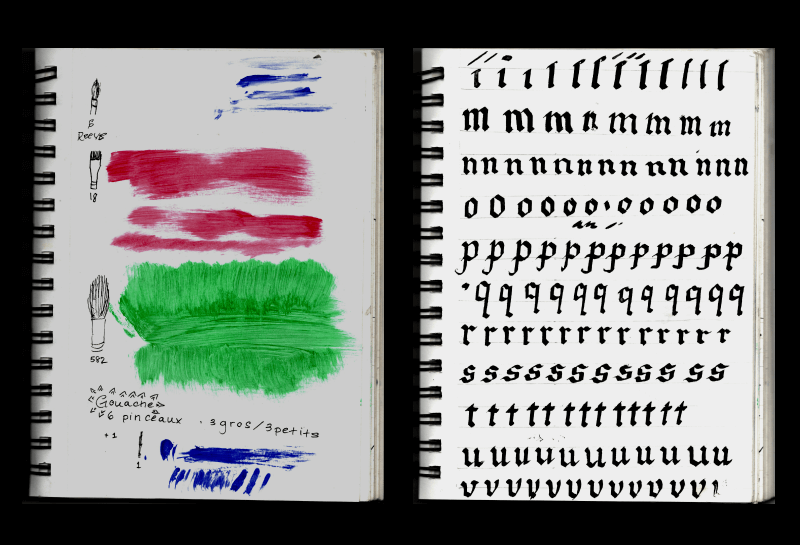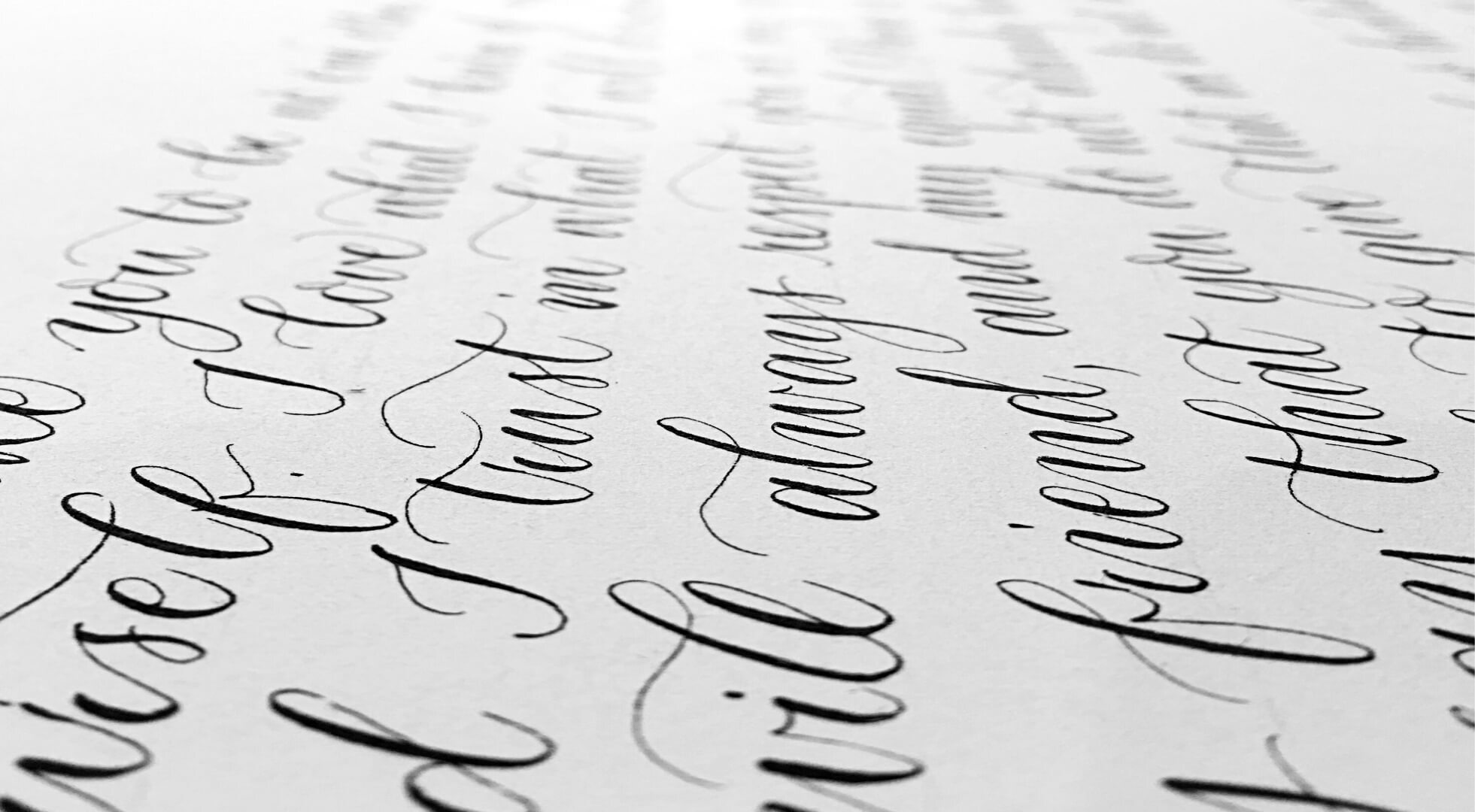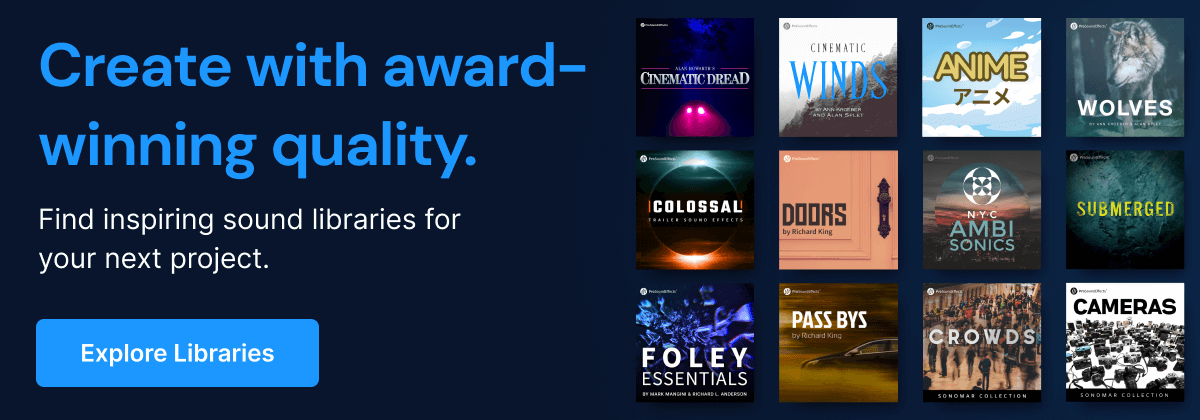Take an inside look at the recording process behind our new expansive handwriting sound effects library.
We are proud to bring you Sonomar Collection: Handwriting – the latest library in the Sonomar Collection to enrich your sound design toolkit.
Following many inventive, high quality Sonomar releases – including the detailed accuracy of Cameras, the immersive vibrance of Crowds, and more – this newest addition features the organic sound of real handwriting with a variety of pens, pencils, markers, and more, all captured in high resolution for unlimited creative sound design possibilities.
Read our interview with sound designer and recordist Martin Pinsonnault (CODA, Dallas Buyers Club) to learn what it took to record this impressive writing and drawing sound effects library, and get a taste of the realism and nuance you can add to every scene.
Pro Sound Effects: What was your inspiration for creating this library?
Martin Pinsonnault: To make a library that has all the elements to write the sound of a particular text with multiple types of tools, pencils, pens, markers, etc. That means that each letter has a specific sound with each tool to make it possible for sound editors and designers to write specific text with the sounds.
Additionally, I wanted to combine the gesture of handwriting and movement and explore the possibilities of different sound textures combining different tools and material, producing a large palette of organic sounds. Each sound has an intention, an emotion that it delivers as performed.
I've used writing sounds in sound design many times before but was always missing so much that I decided it was really worth it to start from scratch and make a new library. We can now all benefit from this new collection for our creative work.
"Each sound has an intention, an emotion that it delivers as performed."

What was the experience of recording this library like?
It was a long process to gather all equipment needed, as well as practicing skills to prepare for the recording session. I want to thank my daughter Anouk Elias-Pinsonnault for being part of this delicate and tedious task.
What surprised you about creating this library?
How much emotion there is in the sound of writing. The sound of writing is way more than just the sound of a tool on paper.
Can you provide any notable technical details about the recording of this library?
The primary microphone used was the Sennheiser MKH8040, delivered in 24bit/96kHz. Noise has been mostly removed from each clip with Izotope RX, which is ideal for sound design transformation, layering, and pitch changing.
This collection was mostly recorded on a wooden desk for resonance purposes and other boards for variety and accuracy. All types of pencils, pens, markers, ball points, brushes were recorded.
Why is this library useful for sound artists?
This library is not just a handwriting collection, but can be used for many other things to represent movement in a very organic way. It can produce ambient and airy atmospheres in stereo to play with magic if used in particular situations in sound design. It becomes what we make of it. It is a tool to explore our imagination as sound designers.












